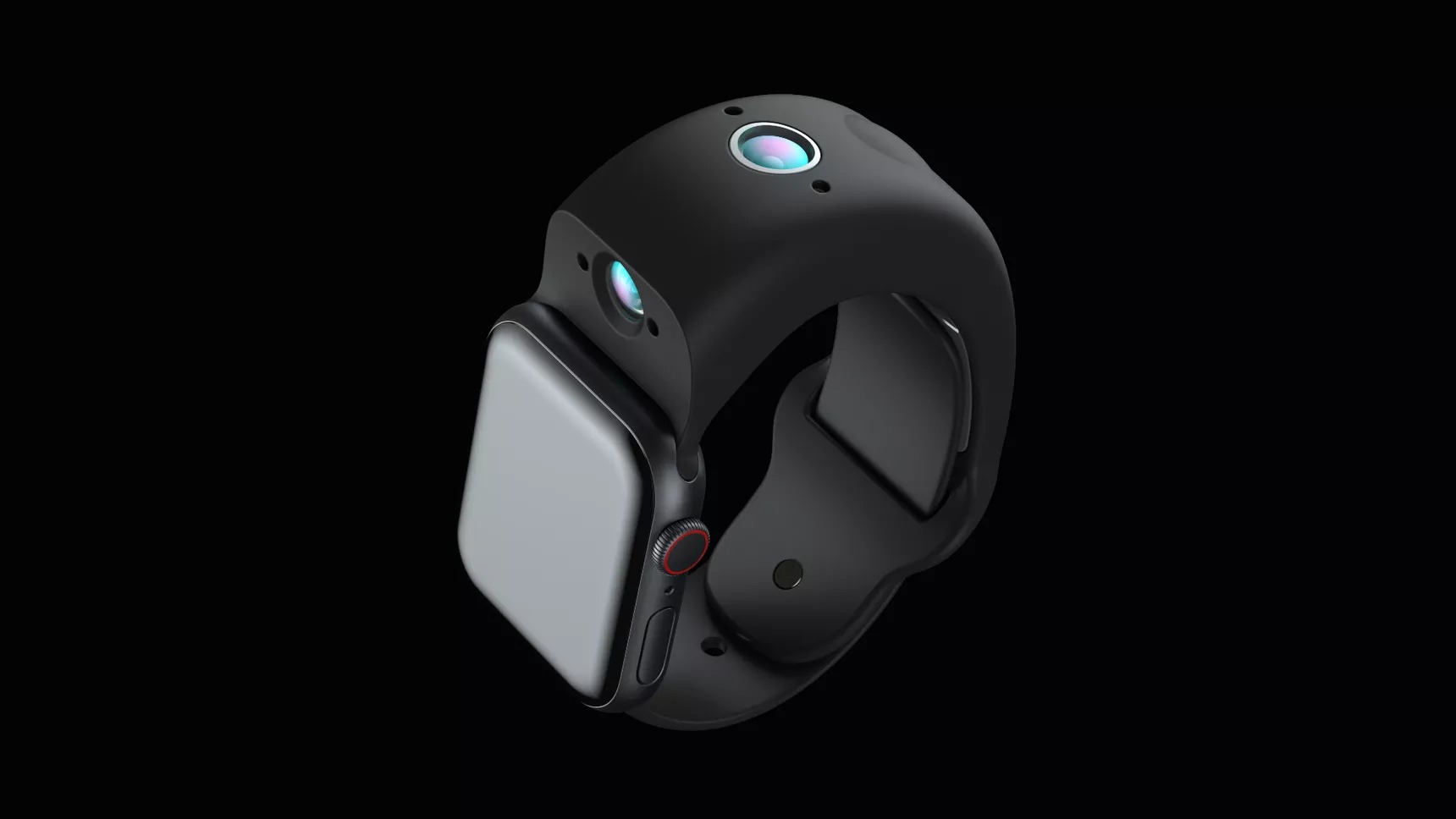

So the warmest colored light is candlelight, and the coolest colored light is shade. As a general rule of thumb, the color temperature of common light sources goes from warm to cool in the following order:Ĭandlelight > sunrise/sunset > tungsten/incandescent light bulbs > fluorescent light bulbs > clear sunny sky > camera flash > cloudy overcast sky > shade Whereas the cool color temperature of shade or a heavily overcast sky is approximately 8000 K. As a rough guide, the warm color temperature of candlelight is approximately 2000 K (Kelvin). Warm colored light has a low number on the Kelvin scale and cool colored light has a high number.

This is the reason that when you take a photo of a snowy scene on an overcast day or under the shade of trees, the snow often appears blue in your photo.Ĭolor temperature is measured on the “Kelvin scale.” While you don’t need to know much (or anything) about the Kelvin scale in order to get the colors right in your photos, having a basic knowledge of it can help you understand the white balance settings on your iPhone. Taking a photo in outdoor shade or in cloudy conditions produces a cool blue color cast, so the colors in your photo will appear cooler (more blue) than normal. So in the photo above, the white walls appear a yellowy orange because of the color cast from the light bulb. While a color cast affects the entire photo, it’s most noticeable in the white parts of the image. Or a scene lit by a household lamp might end up with a warm yellow color cast. So how does color temperature manifest itself in your photos? Well, if you take a photo in candlelight, the resulting image might end up with an orange color cast. The color temperature of bright midday sun is fairly neutral, whereas the color temperature of sunset is much warmer. Orange is a warm color and blue is a cold color.Ĭandles emit a very warm orange colored light, and tungsten or incandescent bulbs (ordinary household light bulbs) emit a warm yellow colored light.īy contrast, the color of light in shaded areas or on an overcast day is a much cooler blue. The color of light is known as “color temperature.” When we talk about color temperature and color casts we’re referring to the relative “warmness” or “coolness” of a color. Different light sources emit different colored light, and this has an effect on how the colors appear in a photo. When an entire photo is tinted with a certain color, we call this a “color cast.” Color casts are caused by the type of light that you’re shooting in. Have you ever taken a photo with your iPhone where the color doesn’t look quite right? Maybe you’ve ended up with a photo that has an unsightly orange, yellow or blue tint? In this tutorial, you’ll discover how to use white balance to get perfect colors in your iPhone photos.
#Viewfinder for iphone manual
With the release of iOS 8, many third-party camera apps now have manual white balance settings, giving you far more control over color than ever before. But a lot of people never use it as they don’t understand its purpose. Both available now.White balance is one of the most important settings on a digital camera as it helps you achieve accurate colors in your photos.
#Viewfinder for iphone pro
The Pro version, which as we said just adds larger format cameras, costs a money-grabbing $15. Viewfinder costs $8, way less than any hardware solution, and also more likely to be in your pocket when you need it. You can even grab a shot which includes the lines for later use. With some practice using this app, you'll soon have an eye for which lens will give you the picture you want. Second, this seems to me like a great way to train yourself to see. Why bother, when you could just hold your camera up to your eye? First, you can see what another lens could do without actually changing it. Viewfinder will then change its views for you. If you want to go wider than the iPhone's roughly 35mm field of view, you can use an optical wide-angle adapter of your choice and then dial in the focal-length multiplier. You can even use a digital zoom to fill the screen with this view, although it gets a little fuzzy. You can choose to darken the areas outside of a chosen frame to remove distraction, much like the Photoshop crop-tool.


 0 kommentar(er)
0 kommentar(er)
